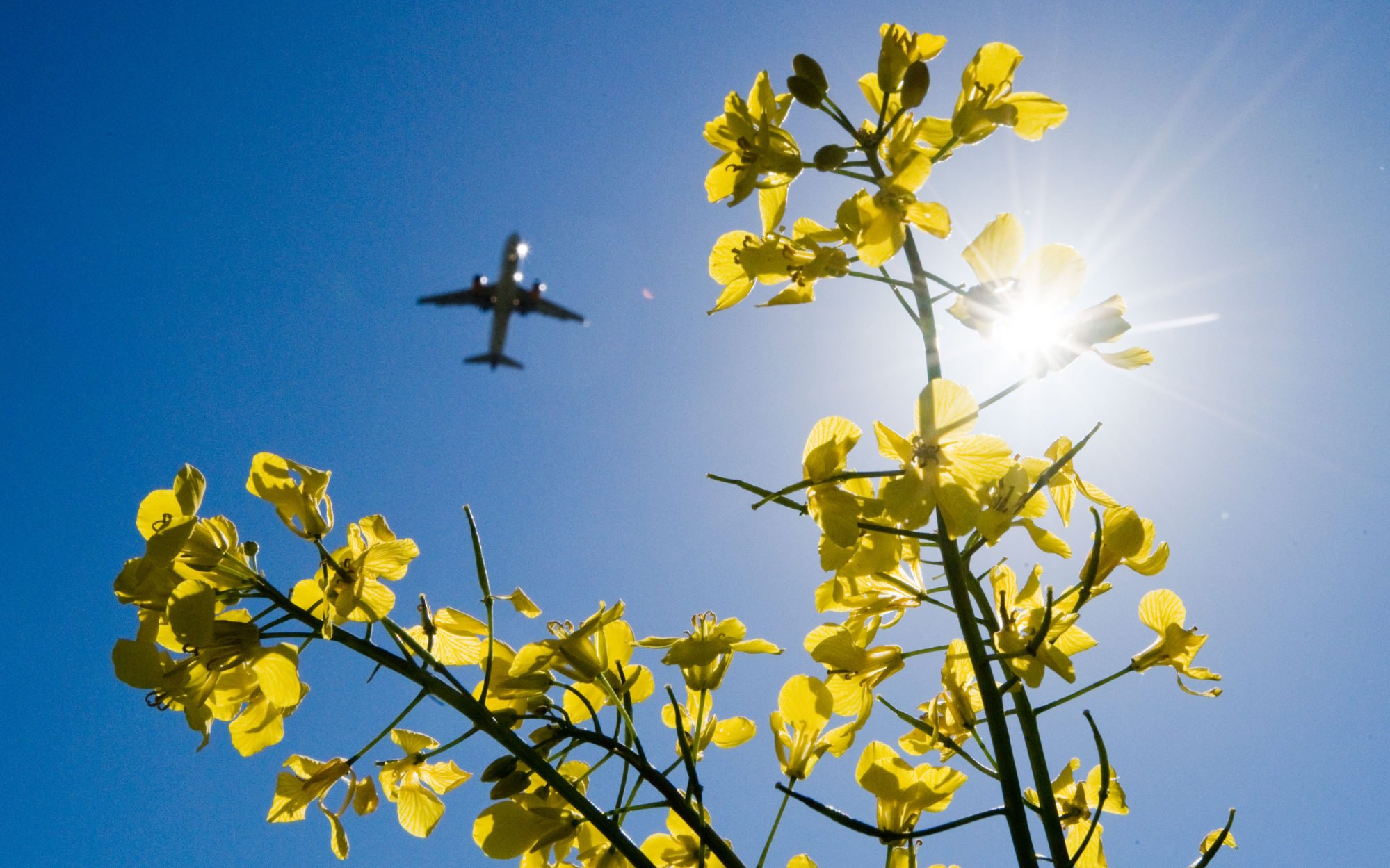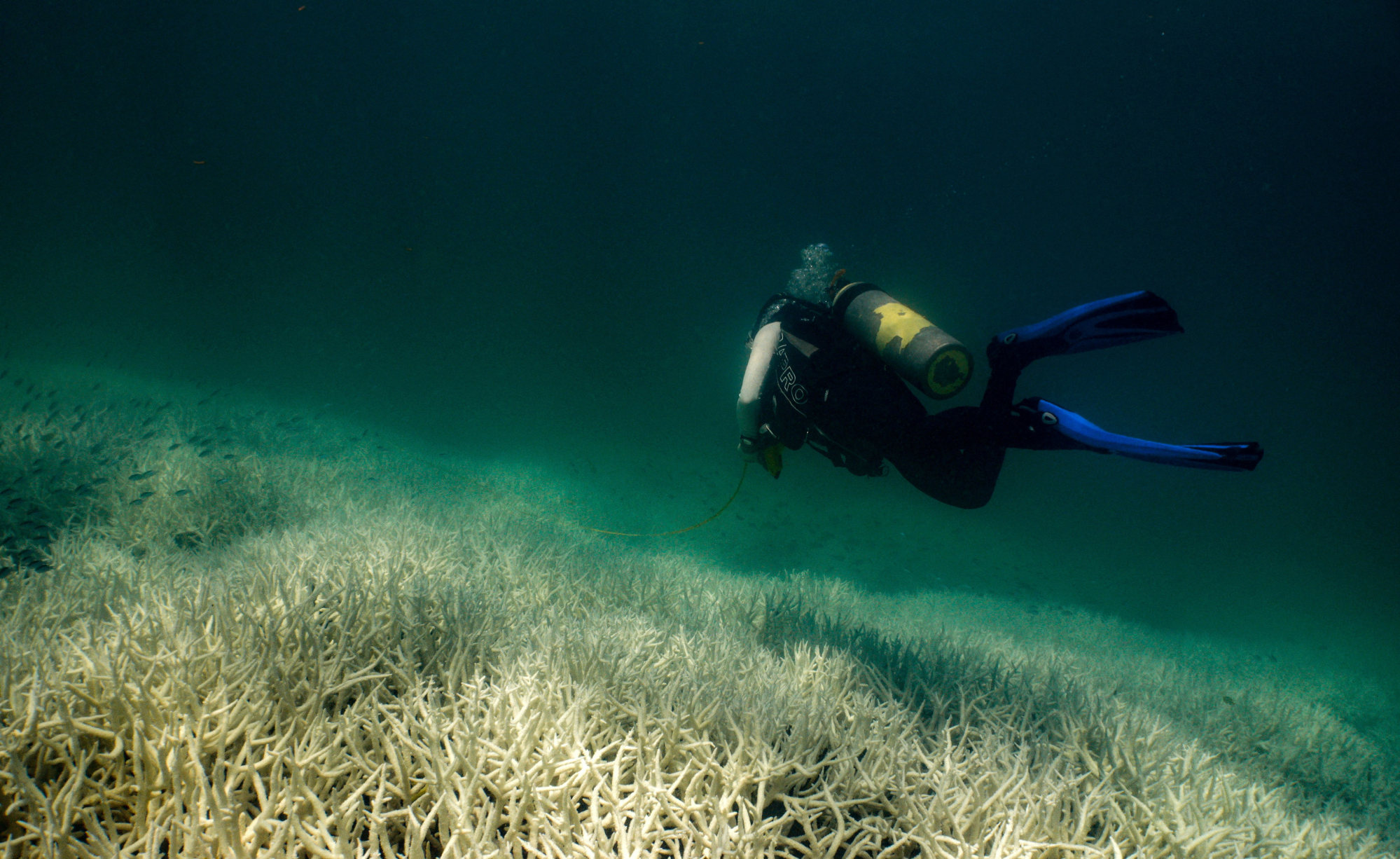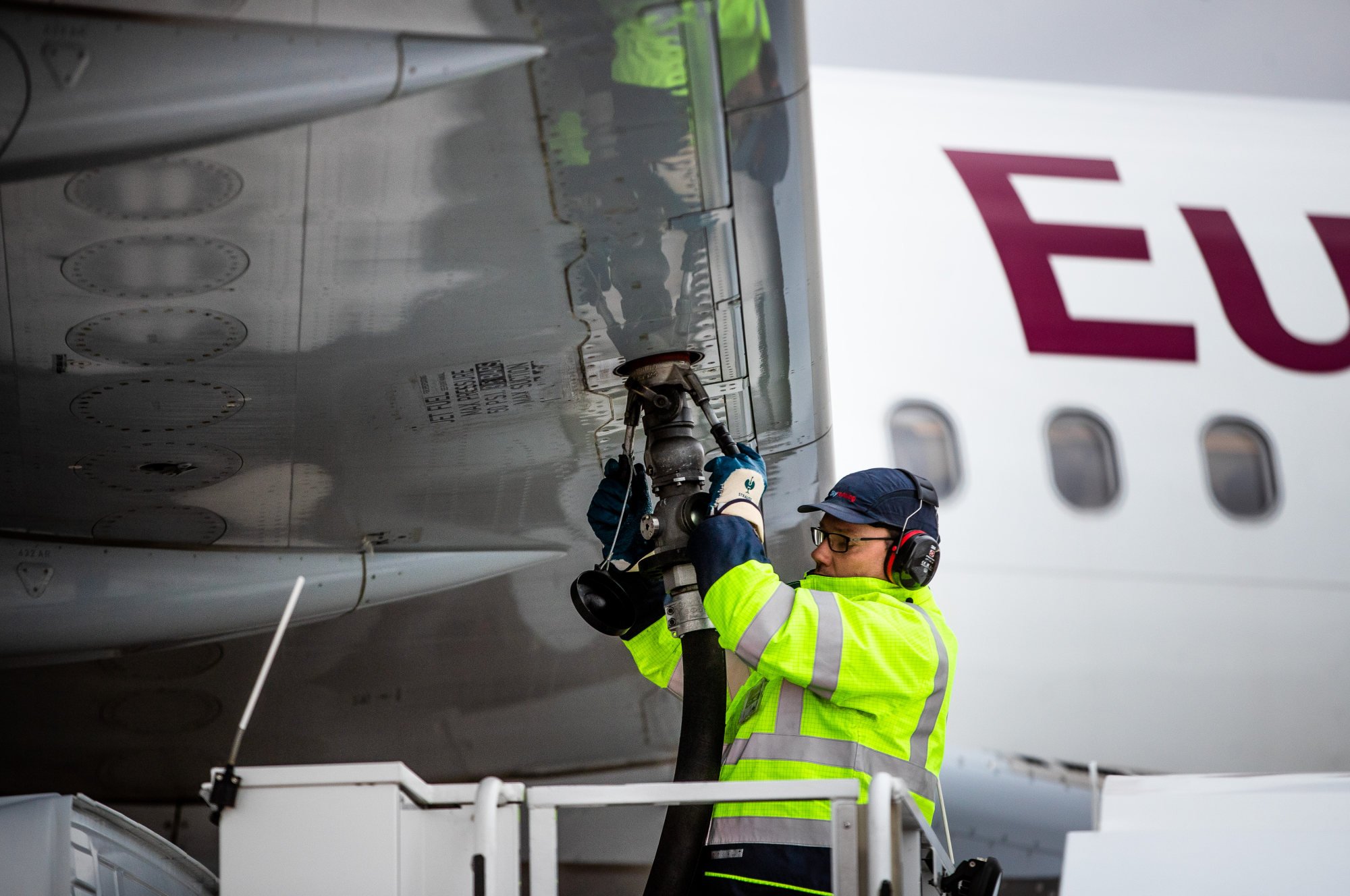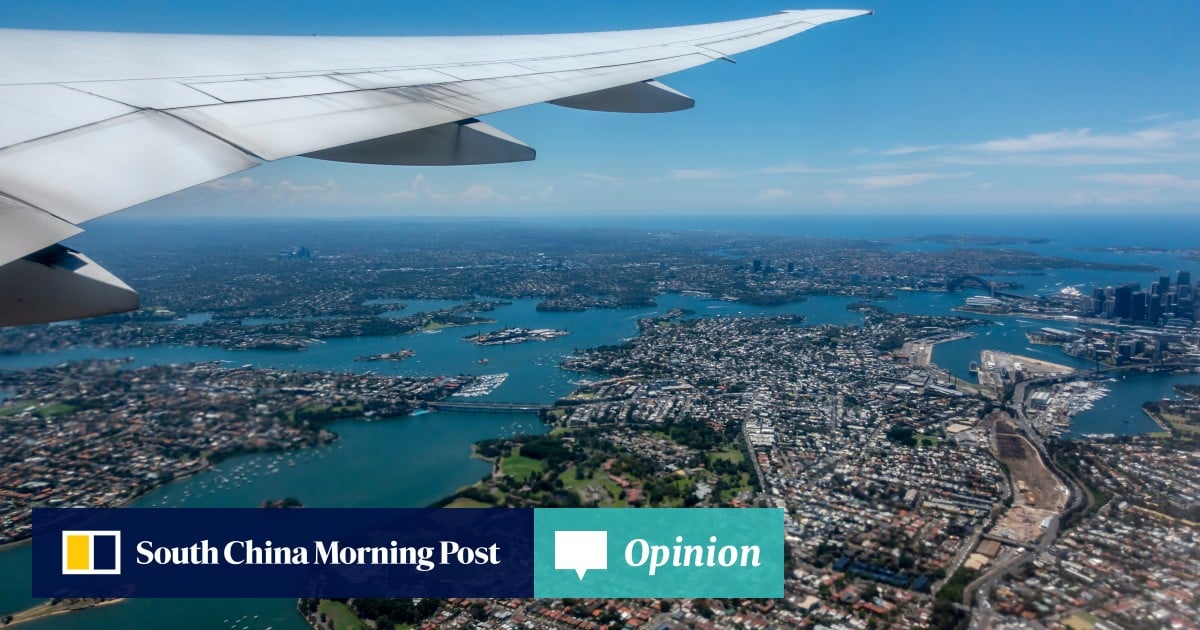“Many businesses don’t want to take part in a conference that is going to damage their own carbon targets, nor do they want to send a whole lot of delegates to a conference that far away,” Bloomberg quoted Margy Osmond, chief executive of the Tourism & Transport Forum Australia, as saying.
“So we are already seeing really significant impacts on our attractiveness as a business events destination.”
Osmond also told Bloomberg that visits from the likes of Taylor Swift, who performed in Melbourne and Sydney last month, would become rarer as superstars balked at the carbon investment necessary to fly all the way to Australia.
This doesn’t entirely make sense to us: surely it would be more environmentally friendly to have small groups of musicians (perhaps with road crews hired locally rather than flown over especially) fly into Melbourne or Sydney than have tens of thousands of Australian fans fly out to Singapore (almost eight hours from Sydney) – or even Hong Kong, if we can get our act(s) together. But we digress.
Airfares are inevitably going to go up as investments are made in new technology and what is optimistically called sustainable aviation fuel.

“It means little price respite for fliers who’ve been whacked by soaring prices since air travel resumed after the pandemic,” the report says. “Now, they’ll have to pay to neutralise aviation’s carbon footprint, too.”
Airfares are already expensive because oil prices are high and are expected to remain so. Furthermore, residual complications from the Covid-19 pandemic shutdown are still affecting scheduling and capacity, while various conflicts are adding to uncertainty and thus costs.
“Given all the other factors that are driving up airfares, it would be a small miracle if they came down to what we saw before the pandemic,” Pierre Benckendorff, tourism and airlines expert at the University of Queensland, told Australian broadcaster ABC.

The Great Barrier Reef doesn’t stretch as far down the Queensland coast as Brisbane, home of the UQ, but a colleague of Benckendorff’s is well aware of another development that could put tourists off a trip to Aus.
Significant parts of one of the country’s most iconic tourist attractions are dying off in oceans being warmed by the effects of climate breakdown: the reef has experienced mass bleaching in 2002, 2016, 2017, 2020, 2022 and now again in 2024.
UQ researcher and former dive instructor Yolanda Waters has interviewed more than 650 reef visitors in recent years.
Australia’s Great Barrier Reef ‘in grave danger’ from ‘marine heatwave’
Australia’s Great Barrier Reef ‘in grave danger’ from ‘marine heatwave’
“I noticed how difficult these conversations were,” she told The Guardian newspaper. “Tourists ask a lot of questions and it can feel confronting if people have paid A$300 [US$200] to go on to the reef. A big question tourism gets asked is: ‘Is the reef dying? Tell me.’
“It’s a tricky line: how do we do this in a way that motivates action and does not turn people off? But you have to face the reality – there is still so much to save, and that gets left out a lot.”
In the same report, The Guardian quotes Daniel Gschwind, a professor at Griffith University’s tourism institute and the chair of the committee that represents reef tourism to the Great Barrier Reef Marine Park Authority: “It’s difficult to communicate a bleaching event accurately.
“With an event like this one, by the time it’s communicated to a consumer in London or Shanghai the message received could be ‘the reef is not worth visiting any more’.”
On land, Osmond is worried about losing the A$17 billion or so that business events inject into Australia’s tourism economy, she told Bloomberg, and “has lobbied the Australian government to spend at least A$300 million over the next four years to kick-start a domestic sustainable fuels industry”.

But sustainable aviation fuel (SAF) appears to be a poor solution. Fuel produced from plants or waste may have lower associated life-cycle emissions than that from gas or oil, but the United Nations’ International Civil Aviation Organisation (ICAO) warns that many of the climate-warming effects are still present with SAF.
And it seems unlikely that enough SAF will ever be produced to supply the number of planes flying today.
The inescapable conclusion is that, if the aviation industry stands any chance of reaching carbon neutrality by 2050 – the stated “long-term aspirational goal” of the ICAO – there will have to be a lot fewer planes in the skies, at least until more effective climate solutions are developed.
And that doesn’t bode well for the tourism industries of distant Australia and New Zealand.
A Chinese city back on the map, but watch your step
Hong Kong’s pre-pandemic air links to mainland China continue to be restored with the revival of the Taiyuan route.
Twice weekly flights between Shanxi’s provincial capital and Hong Kong – on Mondays and Fridays – are now being operated by China Eastern Airlines.
“Wang Jihong, an official from the Shanxi provincial department of culture and tourism, said the resumption of flights between Taiyuan and Hong Kong will help to further elevate the popularity of Shanxi’s culture and tourism attractions among people in Hong Kong and Macao,” reported Xinhua.
